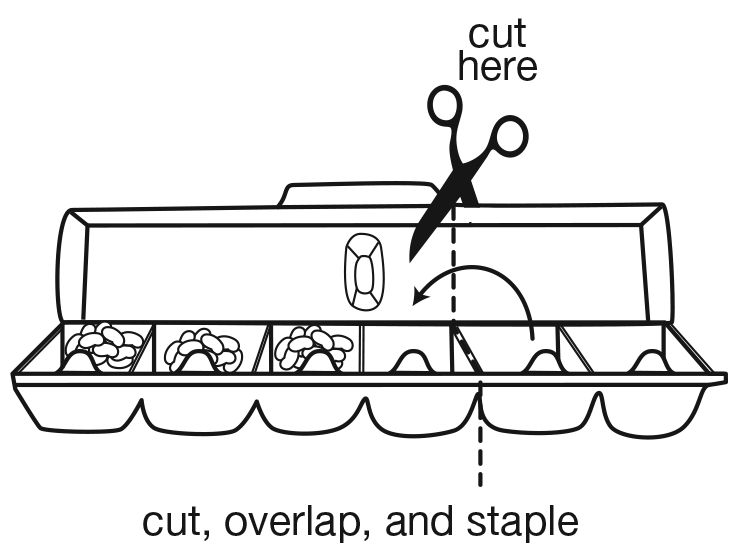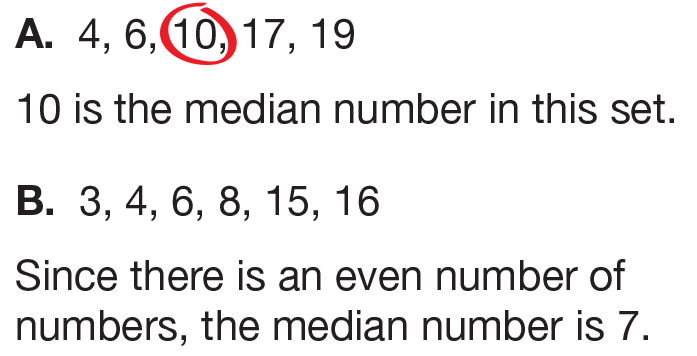Students build ideas about volume and compare relative sizes of units by measuring containers with beans. Students group and count beans by tens and ones and then pool their data to graph the middle, or median, number of beans to compare the quantities.
Content in this Lesson
- Grouping and counting objects by tens and ones and naming the number of objects [E2].
- Representing and identifying numbers to 100 [E1].
- Exploring volume measurement (capacity) [E5].
- Collecting and organizing information in a data table [E6].
- Making bar graphs [E7].
- Exploring the inverse relationship between the unit's size and the number of units needed to measure a container's volume [E4].
- Comparing quantities [E3].
- Finding the median of a data set.
- Using data to solve problems involving volume [E8].
- Checking the reasonableness of measurements by comparing data [MPE3].
- Communicating mathematics verbally and in writing [MPE5].
Daily Practice and Problems S–X
Assessment in this Lesson
| Assessment | Expectation Assessed | Math Practices Expectation Assessed |
|---|---|---|
|
Full of Beans Data Tables Student Activity Book Page 306 |
|
|
|
Full of Beans Bar Graph Student Activity Book Page 307 |
|
|
|
Full of Beans Check-In: Questions 1–4 with Feedback Box Student Activity Book Pages 309–310 |
|
|
|
Counting Beans Student Activity Book Pages 311–312 |
|
|
|
DPP Item T Math Facts Check Teacher Guide - digital |
|
|
|
DPP Item V Box Diagrams Teacher Guide - digital |
|
|
|
DPP Item X Fact Families: Group C Teacher Guide - digital |
|
















